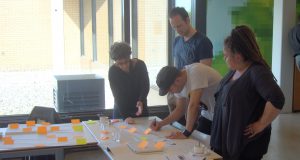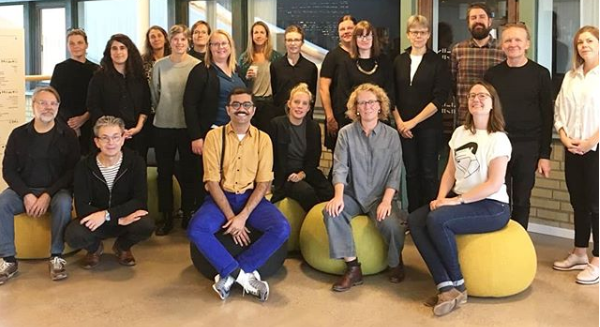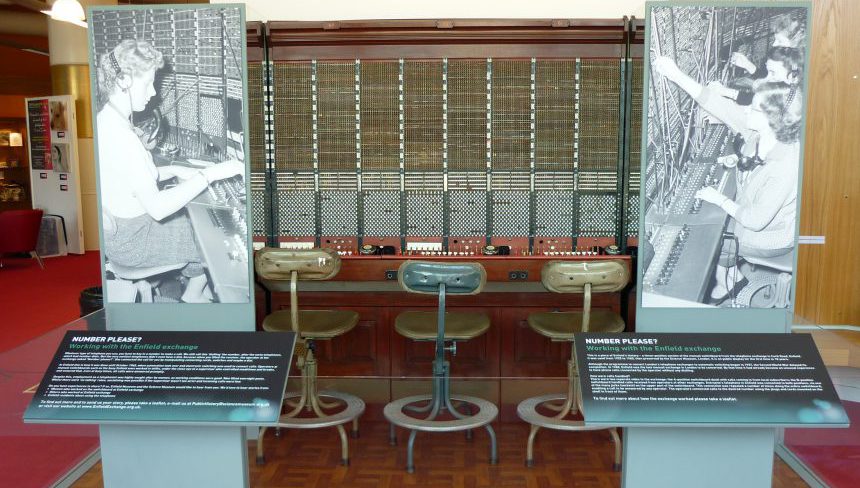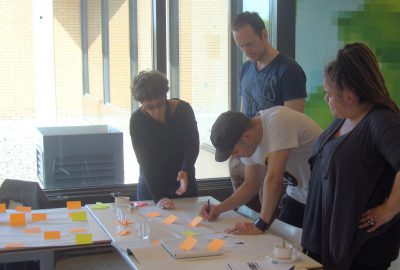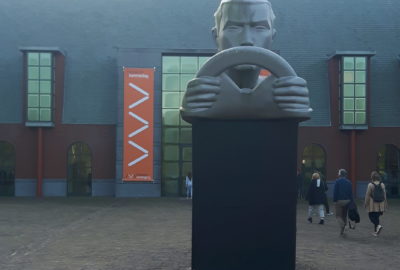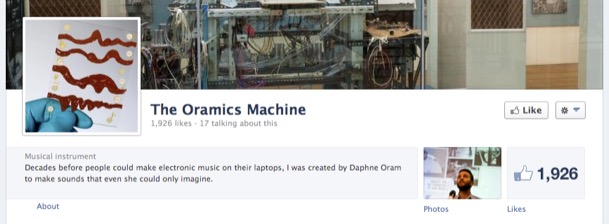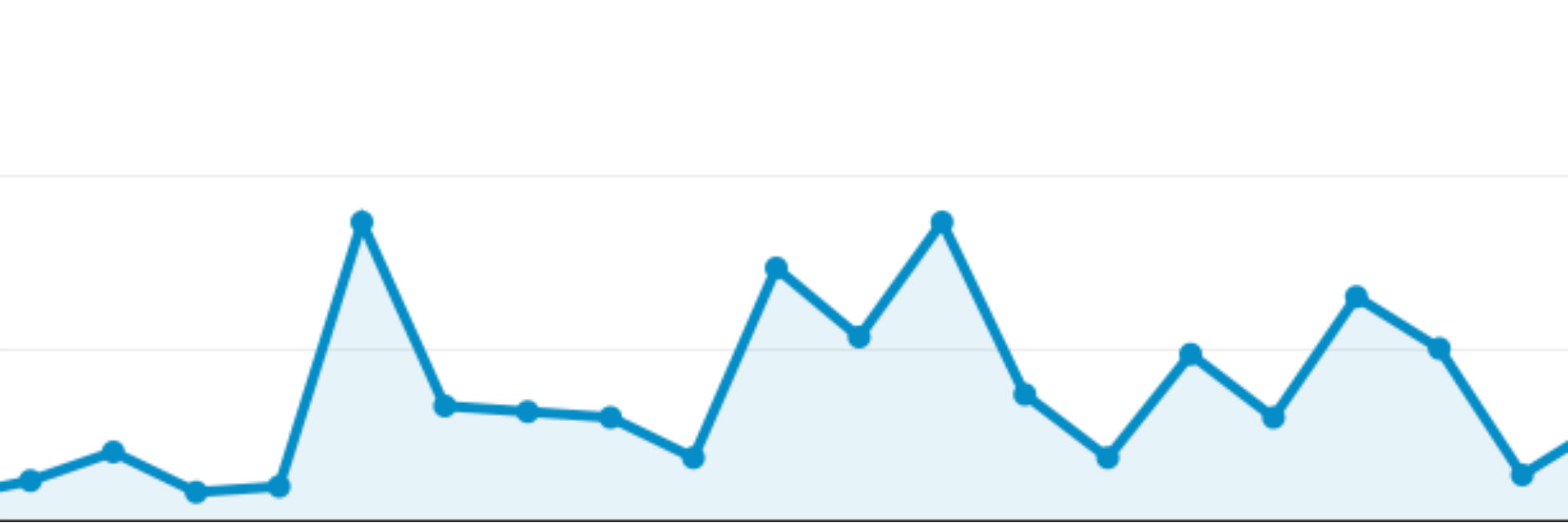
Museum Analytics – Wat wil je online bereiken?
Dit is een verslag dat ik schreef voor het Allard Pierson Museum van een bijeenkomst in November 2013. Het Allard Pierson Museum organiseert regelmatig bijeenkomsten en gesprekken rond de thema’s digitale & online media in musea. Om op de hoogte te blijven van deze bijeenkomsten kunt u zich aanmelden via deze link.
Our Meetup on the 8th of November looked at how we can measure online success for our museums and heritage organizations. Hester Gersonius, who works at the New Media department of the Amsterdam Museum, talked about Museum Analytics and highlighted what the Amsterdam Museum had learned from the project and how this influenced the way the museum analyses and values its online analytical data.
Museum Analytics describes itself as “an online platform for sharing and discussing information about museums and their audiences.” Amsterdam Museum was one of 16 Dutch museums that participated in the Museum Analytics action research project that was organized by INTK. Through a series of workshops, assignments and discussions the museums explored what the value of analytical data about their website could be and how they could identify success for their own organization.
1. Set your goals
Hester emphasized that you can spend hours trawling through Google Analytics data, but if you don’t know what you are looking for, or what goals you want to achieve, you will be wasting your time looking at lots and lots of numbers.
Therefore, her first piece of advice for museums was: Decide what your goals are (and integrate your online goals into your overall strategic goals). More information about setting goals and asking the right questions can be found on the INTK website.
(What data do you need to know whether you’ve met your goals?)
Once you have set your goals, decide what data will give you information about whether or not you are achieving your goals. Museums often tend to look at visitor numbers, but are these really important if your goal is to create an online community? Hester suggested we look beyond these one-dimensional visitor statistics and ask ourselves which data tell us most about whether or not we are reaching our goals. It is much easier to analyse data if you know what questions you are trying to answer. If you are using Google Analytics, you can request weekly or monthly reports on the data you are interested in to be sent to your inbox. More information on how to do this can be found here.
2. Share & Compare
Secondly, Hester recommended you compare your data with that of other museums. However, make sure to benchmark against museums that are like you. It’s no use comparing your data against that of a museum that is much smaller or much bigger than the museum you work in, or a museum that has completely different goals. She also suggested using a tool developed by Analytics expert Stephane Hamel to ‘benchmark your online maturity’.
3. You’re website is not (just) a marketing tool
Hester’s third piece of advice is to think about how the on-line and on-site visit can be connected. You can create worthwhile online experiences for your visitors. What’s more, some forms of engagement work much better online, than they would in the physical museum space. Don’t see your website as just another marketing tool to drive visitors to your museum building. Think about what your online presence can be like and how it can engage people that might not (want to) visit your museum. At the same time, it’s worthwhile thinking about extending the physical visit online. The Amsterdam Museum now aims to build an opportunity to online return visits into each physical exhibition they make. A photo opportunity in the museum space, dressed up or in front of a nice background, works wonders. Make sure your museum’s logo is always visible in the picture. People are more likely to go online and revisit content that they saw in the museum if it includes a picture of themselves, or if they can compare quiz scores, for example.
The Amsterdam Museum has a corporate website with basic information about the museum, such as opening times, activities, exhibitions and school programmes. They also have a community site, which offers space for dialogue and which hosts a lively blog where museum staff talk about their work and the collections. All other online activities, such as Twitter and Facebook accounts refer back to this community site. Of course, this approach would not necessarily work for all museums, but it was inspirational to hear how the Amsterdam Museum went about creating and analysing their online presence, putting clear goals at the heart of their work and integrating their online efforts with their wider strategic goals.
This article in the New York Times gives a great example of a museum that changed its course of action, based on the results of its online statistics. When the Brooklyn Museum discovered that most people engaging with their online outreach and engagement programmes were actually living near the museum (or in some cases were mostly museum staff), they decided to focus their efforts on local and on-site engagement (sometimes using the Web), rather than aiming for a global online audience.

 Previous Post
Previous Post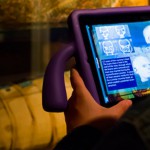 Next Post
Next Post